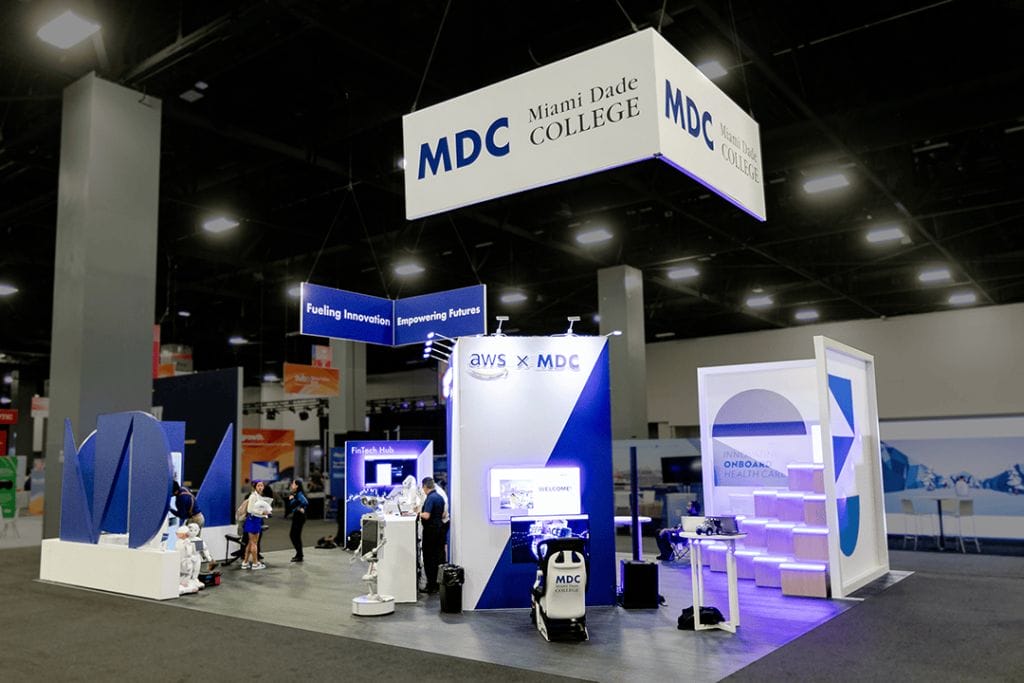NIST Update to Computer software Reference Library Will Help in Prison Investigations
A current update to a publicly downloadable database preserved by the Nationwide Institute of Benchmarks and Engineering (NIST) will make it a lot easier to sift by pcs, cellphones and other digital tools seized in police raids, likely aiding regulation enforcement capture sexual predators and other criminals.
The databases, referred to as the National Software program Reference Library (NSRL), plays a regular position in legal investigations involving digital information, which can be evidence of wrongdoing. In the 1st major update to the NSRL in two decades, NIST has improved the range and sort of documents in the database to mirror the widening variety of software documents that regulation enforcement may encounter on a system. The company has also adjusted the structure of the records to make the NSRL a lot more searchable.
“There are rarely any significant crimes that do not have connections to electronic technological innovation, for the reason that criminals use cellphones,” claimed Doug White, a NIST laptop or computer scientist who aids preserve the NSRL. “Only some of the details on a telephone or other system could possibly be suitable to an investigation, even though. The update ought to make it much easier for police to separate the wheat from the chaff.”
The two legal and civil investigations often include digital evidence in the variety of application and information from seized computer systems or cellphones. Investigators will need a way to filter out the big portions of data that are irrelevant to the investigation so they can aim awareness on locating applicable proof.
“Let’s say you’ve received a computer system that may well have incriminating photographs or economical records, but it also has a couple of video video games,” White reported. “Games generally occur with a good deal of graphics data files. You want to run your investigation as quickly and proficiently as doable, so what you need is a way to get rid of all the video sport photographs. Then you can run your extra computationally high-priced examination on the data files that continue to be.”
The update will come at a time when investigators have to contend with a rapidly expanding universe of software, most of which creates several information that are saved in memory. Each and every of these files can be recognized by a kind of digital fingerprint known as a hash, which is the key to the sifting procedure. The sophistication of the sifting approach can fluctuate dependent on the type of investigation currently being performed. The NSRL’s reference dataset doubled in measurement from fifty percent a billion hash records in August of 2019 to much more than a billion in March 2022, and White states he anticipates its quick progress to carry on.
This growth helps make the NSRL a vitally significant device for electronic forensics labs, which specialize in this kind of file overview. These work has turn into a important section of investigations: There are about 11,000 electronic forensics labs in the United States (when compared with about 400 criminal offense labs). Although electronic proof performs a position in quite a few forms of crime, it is specifically practical for catching baby predators, who typically have sexual abuse imagery saved in a phone or computer’s memory.
Though the amount of NSRL entries is developing each numerically and by file variety — White anticipates incorporating entries from Online of Matters (IoT) products this kind of as good speakers in the in close proximity to upcoming — the modern update to the database should really enable investigators cope with the load. The preceding 2. model, which dates back again 20 years, offered its hashes as standard textual content documents that could be imported into a spreadsheet. Exploring the record was achievable but cumbersome in contrast with modern-day lookup motor capabilities. The update, which is NSRL model 3., makes use of the SQLite format, which tends to make it less difficult for end users to build custom filters to form through information and come across what they need to have for a particular investigation.
Another edge is that the NSRL administrators will be able to distribute potential improvements to the dataset as comparatively small updates instead than sending out the complete dataset anew, preserving time and effort and hard work for consumers. White also claimed the NSRL would continue to be offered in its previous format for the reward of people who could will need time to alter to the variations.
“We will carry on to publish the dataset in the two the 2. and 3. formats by December 2022,” White claimed. “After that, there is a rather straightforward question that end users can run to create the 2. dataset if it proves needed.”
The dataset and more facts on the update are readily available by using the NIST website.








